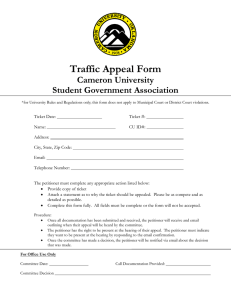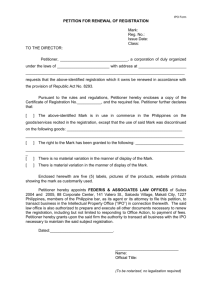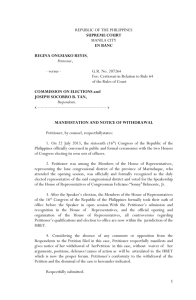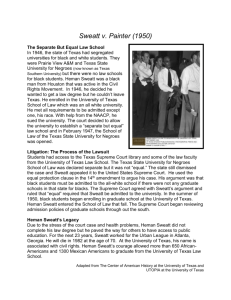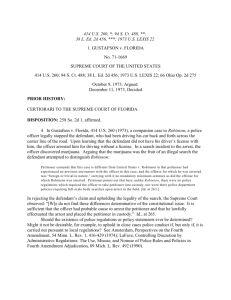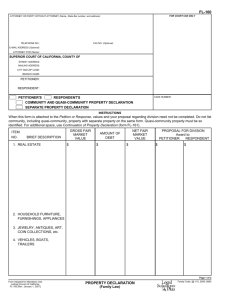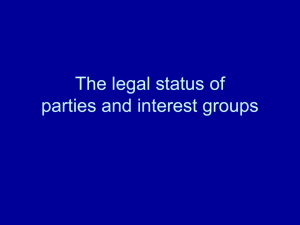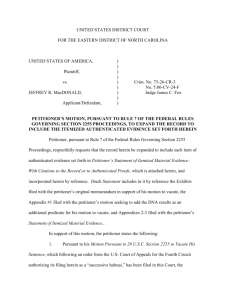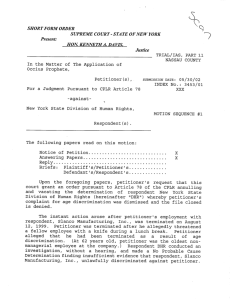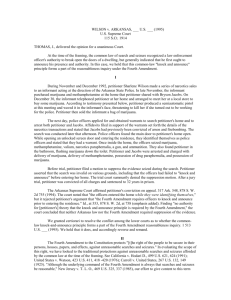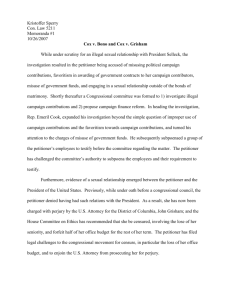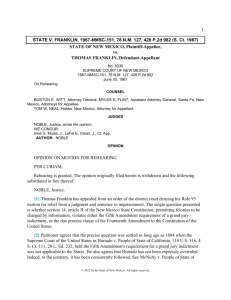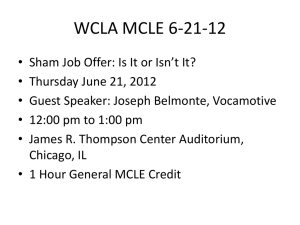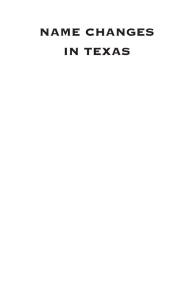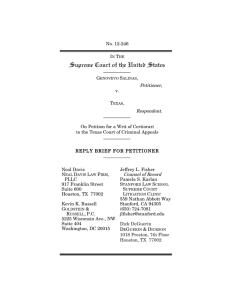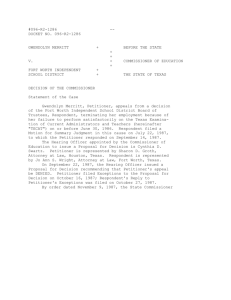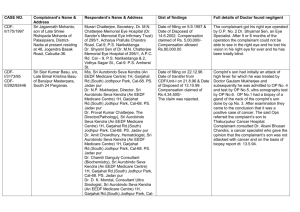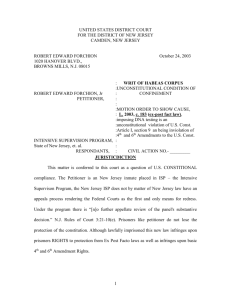Missouri ex rel Gaines v. Canada - Erudito FEA-USP
advertisement
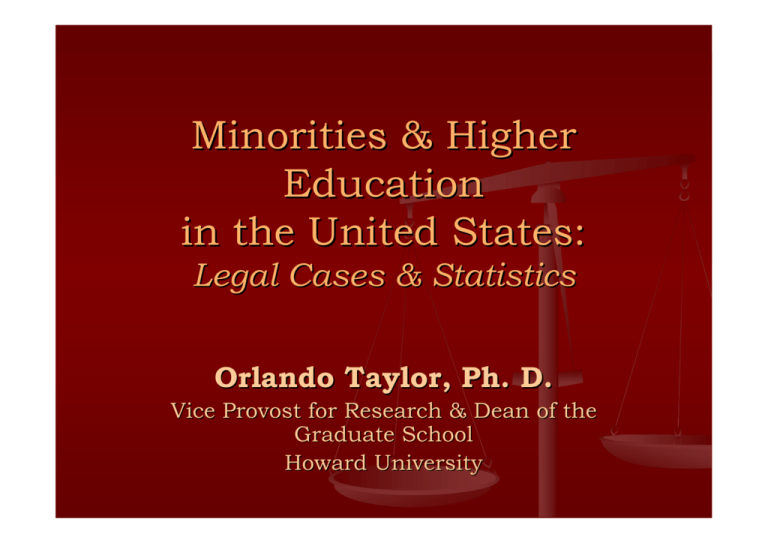
Minorities & Higher Education in the United States: Legal Cases & Statistics Orlando Taylor, Ph. D. Vice Provost for Research & Dean of the Graduate School Howard University Statistics: 2000-2003 Undergraduate Enrollment 16,000,000 14,000,000 12,000,000 10,000,000 8,000,000 6,000,000 4,000,000 2,000,000 0 Total 2003 2002 2001 Hispanics Hispanics Students Blacks Total 2000 Year 2003 2002 2001 2000 Hispanics 1,480,534 1,430,991 1,355,264 1,270,254 Blacks 1,743,859 1,671,478 1,579,292 1,484,276 Total 14,473,884 14,257,077 13,715,610 13,155,393 As of Fall 2003 14.4 million undergraduate students in the United States. 1.9 million black students (12%). 1.6 million hispanic students (10.2%). U.S. Legal Precedents Abolishing Segregation in Higher Education Missouri ex rel Gaines v. Canada (1938) “The basic consideration is not as to what sort of opportunities, other States provide, or whether they are as good as those in Missouri, but as to what opportunities Missouri itself furnishes to white students and denies to negroes solely upon the ground of color.” “It was as an individual that he was entitled to the equal protection of the laws, and the State was bound to furnish him within its borders facilities for legal education substantially equal to those which the State there afforded for persons of the white race, whether or not other negroes sought the same opportunity.” Sweatt v. Painter (1950) This Court has stated unanimously that "The State must provide (legal education) for (petitioner) in conformity with the equal protection clause of the Fourteenth Amendment and provide it as soon as it does for applicants of any other group." The law school, the proving ground for legal learning and practice, cannot be effective in isolation from the individuals and institutions with which the law interacts. Few students and no one who has practiced law would choose to study in an academic vacuum, removed from the interplay of ideas and the exchange of views with which the law is concerned. Sweatt v. Painter (1950) cont’d The law school to which Texas is willing to admit petitioner excludes from its student body members of the racial groups which number 85% of the population of the State and include most of the lawyers, witnesses, jurors, judges and other officials with whom petitioner will inevitably be dealing when he becomes a member of the Texas Bar. With such a substantial and significant segment of society excluded, we cannot conclude that the education offered petitioner is substantially equal to that which he would receive if admitted to the University of Texas Law School. McLaurin v. Oklahoma (1950) “… the State, in administering the facilities it affords for professional and graduate study, sets McLaurin apart from the other students. The result is that appellant is handicapped in his pursuit of effective graduate instruction. Such restrictions impair and inhibit his ability to study, to engage in discussions and exchange views with other students, and, in general, to learn his profession.” Challenges to Affirmative Action Policies Bakke v. Regents of the University of California (1978) The state has a legitimate interest in ameliorating or eliminating the effects of identified discrimination. But, not to the harm of others. The purpose of helping certain groups does not justify disadvantaging another group. Gratz v. Bolinger (2003) “We find that the University’s policy, which automatically distributes 20 points, or one-fifth of the points needed to guarantee admission, to every single “underrepresented minority” applicant solely because of race, is not narrowly tailored to achieve the interest in educational diversity that respondents claim justifies their program.” Grutter vs. Bolinger (2003) “…numerous studies show that student body diversity promotes learning outcomes, and better prepares students for an increasingly diverse workforce and society, and better prepares them as professionals.” “…major American businesses have made clear that the skills needed in today’s increasingly global marketplace can only be developed through exposure to widely diverse people, cultures, ideas, and viewpoints.” “The Law School’s current admissions program considers race as one factor among many, in an effort to assemble a student body that is diverse in ways broader than race. “
